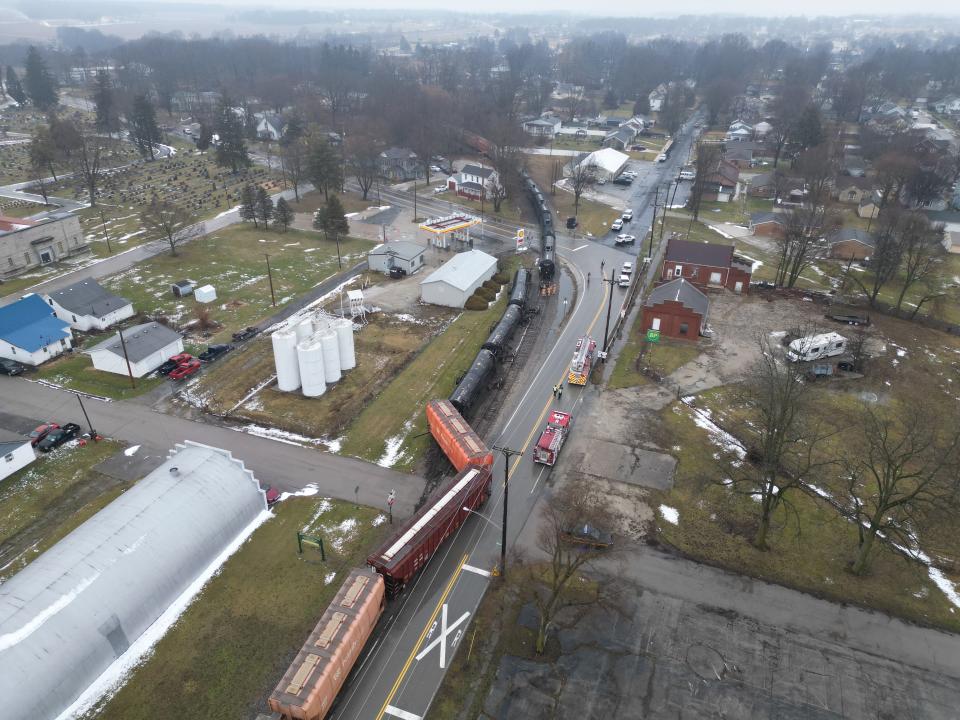May 28—An investigation by the U.S. Army Corps of Engineers accused a float operator of dumping tree roots, sediment and debris into approximately 150-200 square feet of forested wetlands.
The construction of a road near the Illinois River was halted when a complaint was filed by neighbors Beth Cohenour and Ken Purdy. Regulatory project managers met James Franklin-Cody Bartmess, owner of All American Floats, at the construction site to investigate the work being done with a bulldozer.
“Mr. Bartmess stated that he had begun constructing a roadway from the uplands to the Illinois River to serve as an access point for his commercial float operation (Falcon Floats),” the May 14 report stated.
Bartmess purchased Falcon Floats, another float operation not far from the All American Floats location.
A bulldozer was parked on-site “in the uplands” at the time of the investigation, the report stated.
“Mr. Bartmess’ roadway construction had cut into the bank and began southward to the Illinois River,” the report stated. “It is estimated that Mr. Bartmess had cut into the hillside and redistributed material into approximately 150-200 square feet of forested wetlands.”
The redistribution of material involved several large tree root systems, the report stated.
“Mr. Bartmess was instructed that all material from the base of the hillside south towards the river must be removed and placed in an upland area,” the report stated. “Mr. Bartmess agreed to voluntarily restore the site.”
Regulators said that Bartmess told them he intends to construct the access point and will obtain a permit for the project.
“It was explained to Mr. Bartmess that the Corps does not regulate the one-step removal of native river gravel from gravel bars adjoining the Illinois River under Section 404 of the Clean Water Act, so long as the excavated material is deposited directly into an upland location,” the report stated.
In a letter to Bartmess obtained with a Freedom of Information Act request by Ed Brocksmith, founder of Save The Illinois River, the regulatory project manager gave instructions to Bartmess on the matter. The names of the regulatory personnel were redacted from the requested letter. Brocksmith also received the report of the initial investigation through the FOIA request.
“One-step removal involves the excavation and direct placement of the excavated material into a dump truck or upland location to be disposed of,” the letter stated.
Activities involving the placement/redistribution of material into waters of the United States require a permit prior to construction under Section 404 of the Clean Water Act, the letter stated.
The materials excavated are to be used on “other properties” that Bartmess owns and placed on existing roads outside of federal waterways, the report stated.
“Mr. Bartmess may choose to clear a path by clearing trees with a chainsaw or other mechanized measures to gain vehicle access for his commercial floating operation,” the report stated.
Under “further action,” the report states that once restorative actions have been made, a follow-up visit will be conducted to confirm the site has been satisfactorily restored.
“Any action requiring the placement/redistribution of dredge/fill material will require a permit prior to construction activity,” the report stated.
Purdy said the language in the letter from the Corps to Bartmess says he is cutting a roadway down into the wetlands, but in an article in the Daily Press Bartmess is quoted as saying he is not building a road.
“He said he just wants to build a path to the river,” Purdy said. “Well, I think there’s a question here of what does the Corps define as a path versus a roadway? and my understanding is the Corps was saying you can’t take fill down into a wetland area nor can you redistribute existing soil in a wetlands area to create a roadway or a path.”
Trees can be cleared that are needed to create a path but no excavation or fill work can be done with other materials, Purdy said.
“It’s physically impossible [to get vehicle access to the river without a road],” Purdy said. “I’ve walked that whole bottom land area and it has changes in elevation — humps and dips — and that has to be straightened out to get a bus down to the river carrying customers and equipment.”
Brocksmith said a take away from this episode is that better communication is needed for the public’s understanding of what can and can’t be done in the scenic river watershed that may cause water quality damage and erosion.
“However, there are those who don’t care about damaging the resource,” Brocksmith said. “In this case, the river may have dodged a bullet thanks to alert neighbors, ODEQ and the Army Corps.”
Signup bonus from





